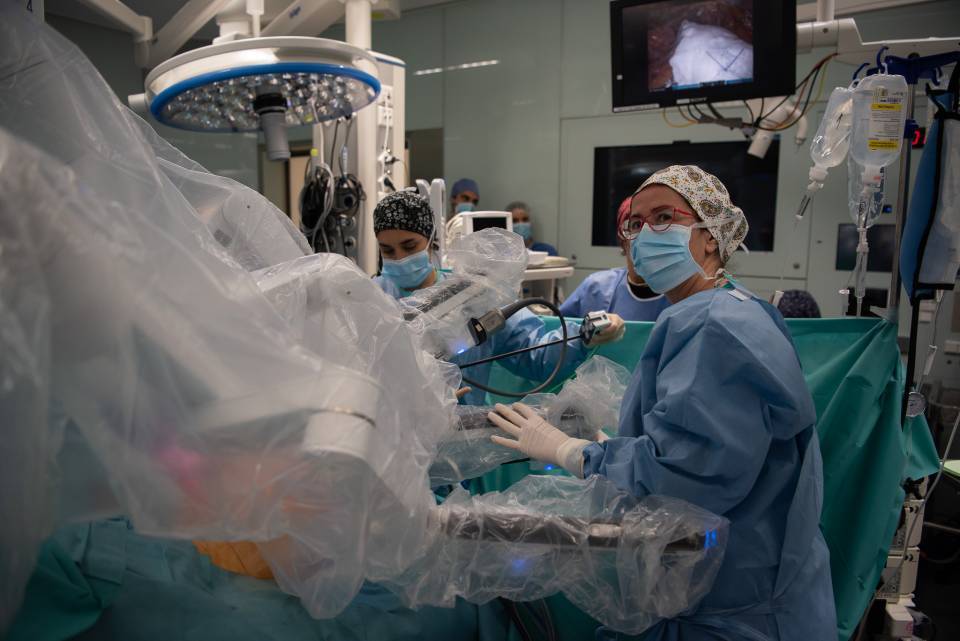Atherosclerosis is a wall artery disease characterized by fat accumulation that, accompanied by immune cell invasion, results in atherosclerotic plaque formation. Macrophages, a type of immune cell, try to eliminate this fat. However, when there is too much fat, macrophages become trapped inside the plaque and increase the size. Larger plaques are less stable and prone to rupture, a process that can trigger cardiovascular accidents like heart attack or stroke.
To identify the ZEB1 gene as a protection agent against atherosclerosis, the IDIBAPS research group Gene Regulation in Stem Cells, Cellular Plasticity and Differentiation, and Cancer used mice that did not express that gene in their macrophages. The research team observed that these mice had larger atherosclerotic plaques. Moreover, they discovered that this increase was due to the fact that macrophages that did not express ZEB1 accumulated more cholesterol inside due to a defect that prevented them from expelling it.
“These results presented ZEB1 as a protective agent against the formation of atherosclerotic plaques -says M Carmen Martínez Campanario, IDIBAPS researcher and first author-. In this way, ZEB1 would accelerate the expulsion of cholesterol from macrophages, preventing fat accumulation, both in plaques and other organs.”
These results were corroborated in humans using samples of atherosclerotic plaques from patients; those with less ZEB1 also appeared more unstable. Likewise, the protective effect of ZEB1 also seemed to have an effect on general cardiovascular health, since patients with less ZEB1 reported a greater number of cardiovascular accidents.
“These generalized effects of ZEB1 are due to the fact that ZEB1 also inhibits the production by macrophages of inflammatory substances, called cytokines, that aggravate the disease,” says Martínez Campanario.
Nanoparticles targeting macrophages
In collaboration with researchers from the University of Barcelona, the study has generated nanoparticles that carry ZEB1 targeted to macrophages that ingest them and thus increase the expression of ZEB1. The administration of these nanoparticles with ZEB1 reduced the formation of atherosclerotic plaques in mice and reversed the accumulation of cholesterol in macrophages.
M Carmen Martínez Campanario concludes: “The work reveals the role of ZEB1 in atherosclerosis through the regulation of the macrophage. Likewise, the nanoparticles may allow us to develop new treatment strategies, not only for atherosclerosis but also other metabolic alterations associated with this disease due to their widespread effect."
In addition to other researchers from the same group and other groups in the IDIBAPS, researchers from the National Center for Cardiovascular Diseases (CNIC), the CSIC, the University of Barcelona, and the Santa Creu and Sant Pau Research Institute have participated in the study. The study has been financed by various organizations, mainly by the Agency for the Management of University and Research Grants (AGAUR) of the Generalitat of Catalonia and the State Research Agency of the Ministry of Science and Innovation (MICINN).
Study of reference
Martinez-Campanario, M.C., Cortés, M., Moreno-Lanceta, A. et al. Atherosclerotic plaque development in mice is enhanced by myeloid ZEB1 downregulation. Nat Commun 14, 8316 (2023). https://doi.org/10.1038/s41467-023-43896-7




